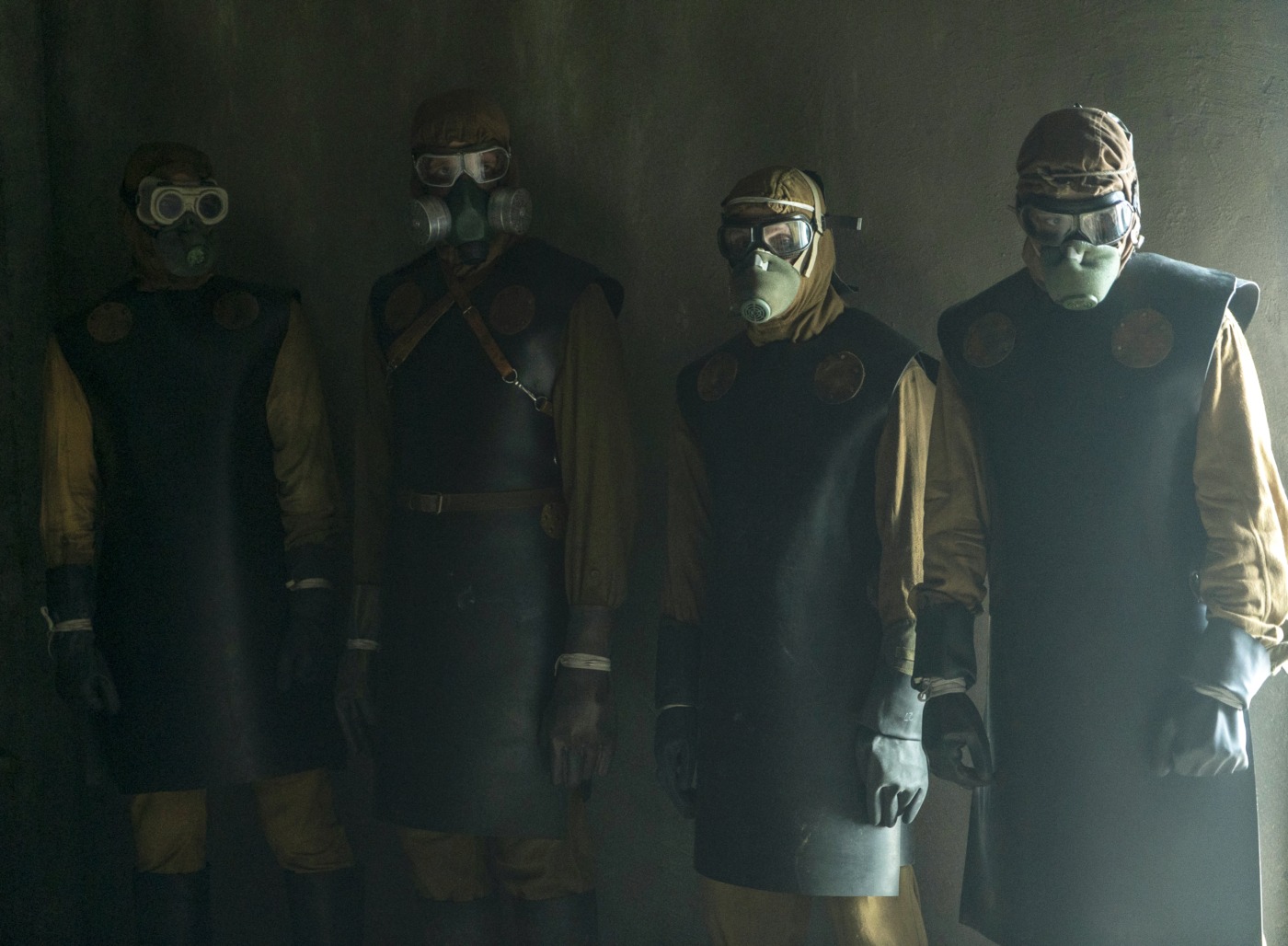Why ‘Chernobyl’ deserves all the hype it received
In 2019, this show was harked as one of the best produced that year. Only now have I had the chance to watch it, and every word of praise it received is deserved. This haunting five-part biopic shows the build up to and consequences of the famous Chernobyl nuclear power plant explosion. The mismanagement of the situation meant that thousands of people died, either from the initial blast and exposure to radiation, or the dangerous cancers that crept up later. This show pays homage to the 600,000 unknown, unrecognised, and unremembered people who were affected by this disaster. It is both a political thriller and a disaster show, a horror movie and a tale of human bravery.
To start, it’s not enjoyable to watch – you’re completely overwhelmed of the impending dread of the nuclear disaster that is happening, and how oblivious everyone is to it. Although completely horrific to watch (and for a lot of it I couldn’t), it was still completely engrossing – the first three episodes were equally gripping and harrowing. We watch the scramble for information when the reactor first explodes, where the managers are in denial but the workers know this is not just a blip – it’s frustrating to watch everyone be so reluctant to act, believing that a disaster like this could never happen. It made it even more heartbreaking to watch the firemen run into the flames, unaware as to how deadly the situation was. We follow a particular narrative with one of the men who had to get close – Vasily Ignatenko – whose pregnant wife has to then watch him slowly deteriorate over the next week, die a painful death from radiation poisoning, and then buried under concrete as a way to reduce contamination. The outfits the firefighters wore are still fatally radioactive today, having been untouched for nearly 50 years.
It is both a political thriller and a disaster show, a horror movie and a tale of human bravery.
Jared Harris and Stellan Skarsgård play the nuclear physicist, Legasov, and the politician, Shcherbina. They’re put in charge of resolving the situation, and both actors executed their characters with flair – they worked very well together as a duo. The threat of a thermal explosion lingers over them, which they swiftly avoid by asking three engineers to swim through radioactive water to open the pipes. They are then tasked with the massive cleanup afterwards, where they order the army to cull all wild animals, mine under the plant to install a heat exchanger, and eradicate the surrounding trees to stop the spread of radiation. Emily Watson brilliantly plays the highly intelligent and curious nuclear physicist, intent on discovering what actually happened at the cost of risking her losing her life in a highly censored Soviet Union. Her role, Ulana Khomyuk, was a composite character – a manifestation of the large team of scientists that were on the team trying to solve the issue of the radiation leak. It’s also a not-so-subtle nod towards balancing out the very male heavy cast, and though it is performative it’s welcomed nonetheless.
The abuse of power was prevalent everywhere in Chernobyl: seen with the chief engineer Dyatlov’s purposefully ignoring all evidence and the other leaders’ dismissal of the seriousness of the situation, or the blanket censorship, to the extent that they seal off the local town Pripyat to stop anyone learning of the explosion (instead of evacuating them to safety). It’s not until scientists in Sweden measure a cloud of radiation that had been blowing West that the world learns of this nuclear disaster. Legasov then bravely speaks out about the mismanagement and the structural neglect of the USSR which contributed to the explosion at the criminal trial; as a result he is taken away by the KGB, and later kills himself.
This show is not for the faint hearted, but it’s the most impressive television I had seen in a long time.
Although the show has been praised for its highly accurate presentation of the events surrounding the disaster, there were some areas where dramatic license had taken over. The chief engineer, Dyatlov, was casted as the antagonist, and whilst he was sentenced as guilty for the explosion, his character was portrayed in such an ugly way that there was no remorse for him. Whilst I can’t vouch for his personal character, nor how he treated his colleagues, people have come out and say that how he was presented is a ‘lie’. To me, this is borderline unethical: the writers have assassinated his character, portraying him as ignorant of the situation and remorseless of the consequences so that there is a clear villain in the plot. It doesn’t feel fair. There was clearly mismanagement within the plant, and that is to be condemned and included in the show, but the over-exaggeration of his cruelty is uncomfortable.
However, the cinematography is beautiful, with many slow pans through Brutalist Soviet architecture, retro 70s interiors, and the saturated colours inside the factory, hospitals and offices. Whilst it is quite a dialogue heavy show (for which writer Craig Mazin has been loudly praised), it’s the visuals which tie this drama together. The narrative structure is also impressive: we see Legasov’s suicide from the beginning, and in the last episode we jump 12 hours before the event to see the build up. This show is not for the faint hearted, but it’s the most impressive television I had seen in a long time.

Comments